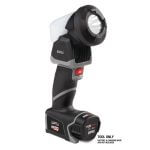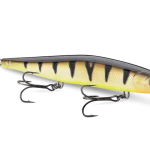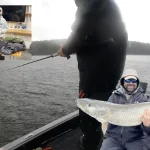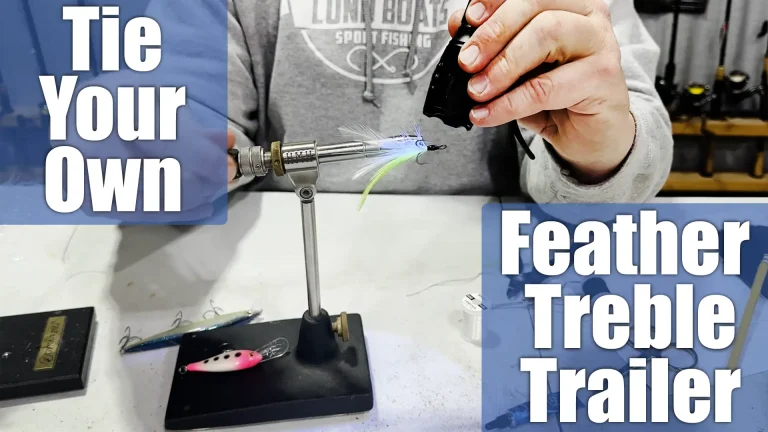Bullrush Fishing Bass: Fishing in the late summer season can be a challenge, but with the right tools and techniques, you can make the most of it. In this article, we’ll explore the art of bullrush fishing for bass, and the specific gear and techniques needed to make it successful. James Lindner and Jake Wallace motor into the thick bullrushes to target largemouth bass using heavy jigs and Big Bite Bait soft plastics.
Gear
When it comes to bullrush fishing, the right gear is essential. Here’s what you’ll need:
- Rod: A St. Croix Legend Tournament Bass 76HMF is a great choice. It’s seven feet six inches in length, with heavy power and moderate fast action.
- Reel: We used a DaiwaTatula Elite P/F 8.1 to fish bass in the bullrushes. It has a fast gear ratio and a T-Wing system for accurate casts. It also has a quick-release thumb bar for fast hook sets.
- Line: Suffix 50-pound performance braid is a great choice. It’s abrasion-resistant and has no stretch, so you can pull big fish out of heavy cover.
- Bait: Big Bite BFE, also known as the Best Flipping Bait Ever, is a great choice. It’s extremely dense and won’t tear through the bait when you’re fishing through heavy cover.
Techniques
When it comes to bullrush fishing, there are a few key techniques to keep in mind:
- Boat Control: Boat control is key when it comes to fishing these giant bulrush beds. Talons enable you to pin the boat in an exact spot and make precision casts.
- Fish Finding: To find the fish, look for edges, thicker weed mats, wind-blown overhead cover, large holes, and natural lanes in the reeds.
- Wind: Wind can be a double-edged sword when it comes to bullrush fishing. On one hand, it makes fishing more difficult, but on the other hand, it can concentrate the fish on the wind-blown side of the reeds.
- Presentation: When it comes to presentation, you’ll want to fish with the grain of the reeds. This will make it easier to pull the bait through the cover without getting caught.
Conclusion
Bullrush fishing for bass can be a challenging but rewarding experience. Remember to be aware of the edges, thicker weed mats, wind-blown overhead cover, large holes, and natural lanes in the reeds, and to fish with the grain of the reeds.















